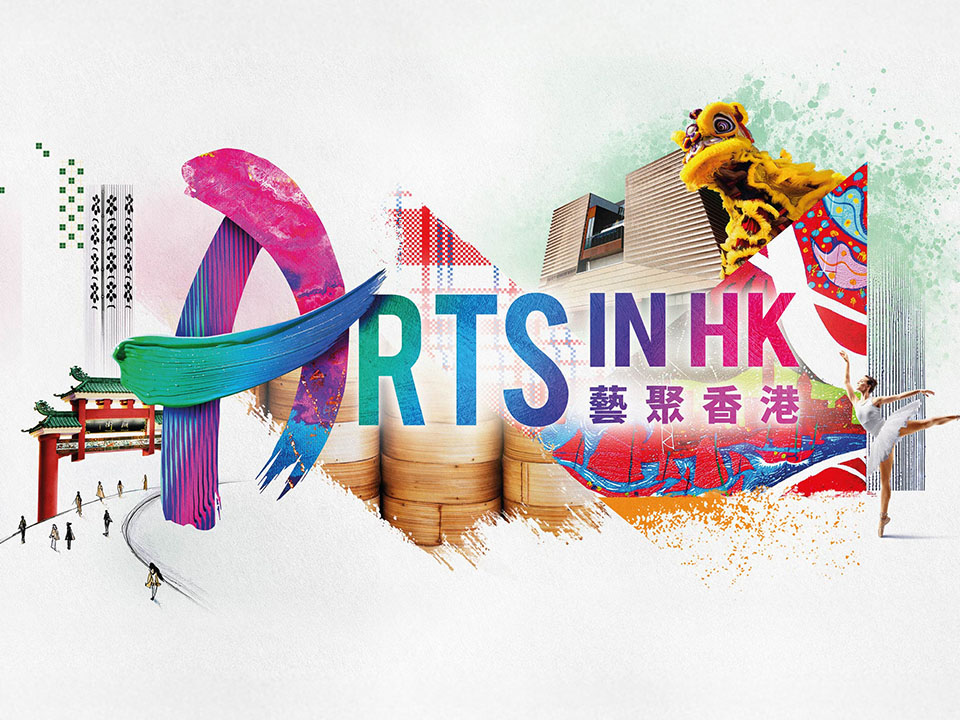
Image by Hong Kong Museum of Art
Hong Kong is known as an East-meets-West city — so it comes as no surprise that its art scene also blends elements of both. To find out more about the city’s art and culture, look no further than the Hong Kong Museum of Art (HKMoA) by the Tsim Sha Tsui promenade.
Founded in 1962, HKMoA is the city’s first public art museum giving home to 18,800 sets of exhibits. After its renovation in 2019, the museum is now even more spacious and well connected with a seamless link between the artworks, the environment, and the viewing experience. The museum’s glass walls also serve as picture frames for another ‘art piece’, the Victoria Harbour.
HKMoA got a makeover in 2019 when it underwent a complete renovation. Drawing inspiration from Victoria Harbour, the new building facades are made of fibre cement boards that resemble waves under different levels of sunlight. The floor-to-ceiling windows on each floor also allow visitors to take in breathtaking views of the harbour.
The expansion of the museum from four to five storeys has increased the indoor exhibition space to around 10,000 sqm, and the number of galleries from seven to 12, including two newly built ones on the top floor, as well as an annex in the new wing. Head to the top-floor exhibition halls and you will notice how the laminated glass and wired mesh soften the natural light, creating a more comfortable viewing experience. With a higher ceiling, the new floor can accommodate large-scale works; while the three floor-to-ceiling windows looking out to the harbour make it an ideal spot for a selfie with friends.

Image by Hong Kong Museum of Art
The Wing located in the new annex block is the largest exhibition space at HKMoA. With a transparent and airy design, it makes effective use of natural light and allows for greater curatorial flexibility. It can accommodate large-scale art pieces with a height of up to nine metres. Not your typical exhibition hall, its patio-like design with glass curtain walls enables interaction between the exhibits and sunlight while connecting the interior with the exterior, creating an unforgettable viewing experience.
HKMoA houses over 18,800 sets of art pieces and artefacts in four main collections: Modern and Hong Kong Art, Chinese Antiquities, Chinese Painting and Calligraphy, and China Trade Art. With such a wide range of exhibits from Neolithic to contemporary art and from Hong Kong to around the world, there is something for every art lover.
Over the years, the museum has received significant donations of exhibits, including the Xubaizhai Collection of Chinese Painting and Calligraphy, Chih Lo Lou Collection of Chinese Painting and Calligraphy, Jingguanlou Collection and the paintings and personal archives of master Wu Guanzhong. Art buffs keen to learn more about the city’s art development shouldn’t miss the Hong Kong Art Gallery, which showcases works by local artists from different eras.
Hong Kong Museum of Art is the ‘art museum of Hong Kong’. By curating a rich world of contrasts with a Hong Kong viewpoint, the museum aspires to refreshing ways of looking at tradition and making art relevant to everyone. Except for special exhibitions, most exhibitions at the museum are free of charge.
Useful information:
Address: 10 Salisbury Road, Tsim Sha Tsui, Kowloon
Website: https://hk.art.museum/en/web/ma/home.html
Can’t get enough of art? Just take a stroll along the Victoria Harbour and dive right into the world of arts in Hong Kong.







 Live Chat
Live Chat









